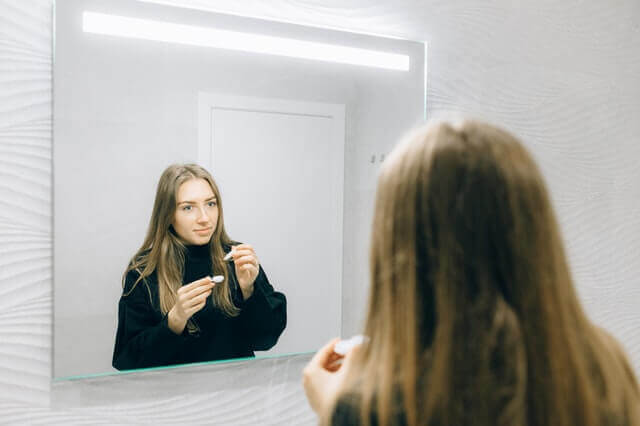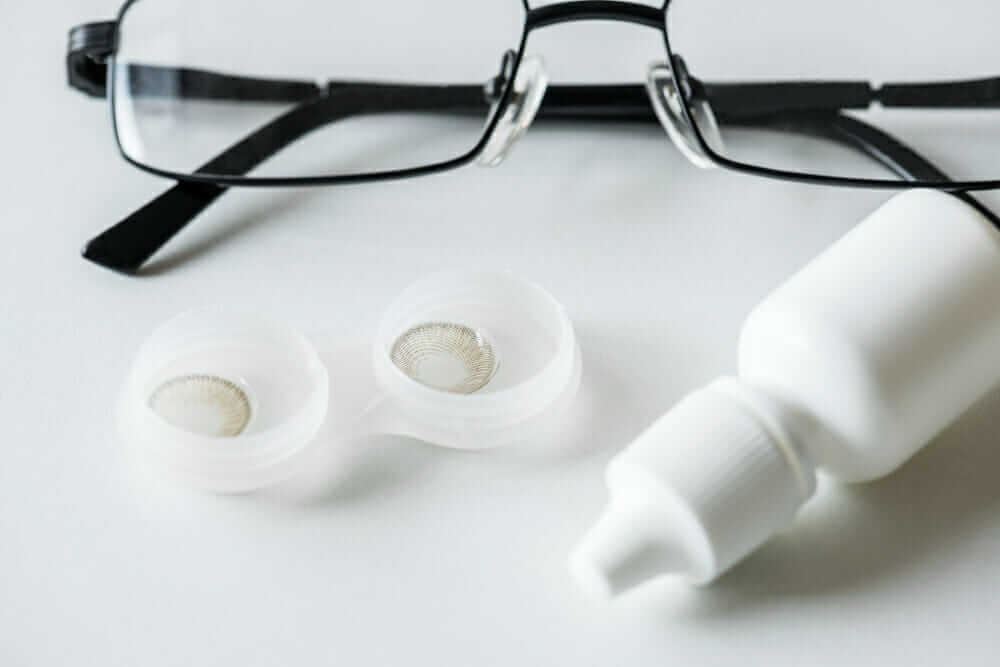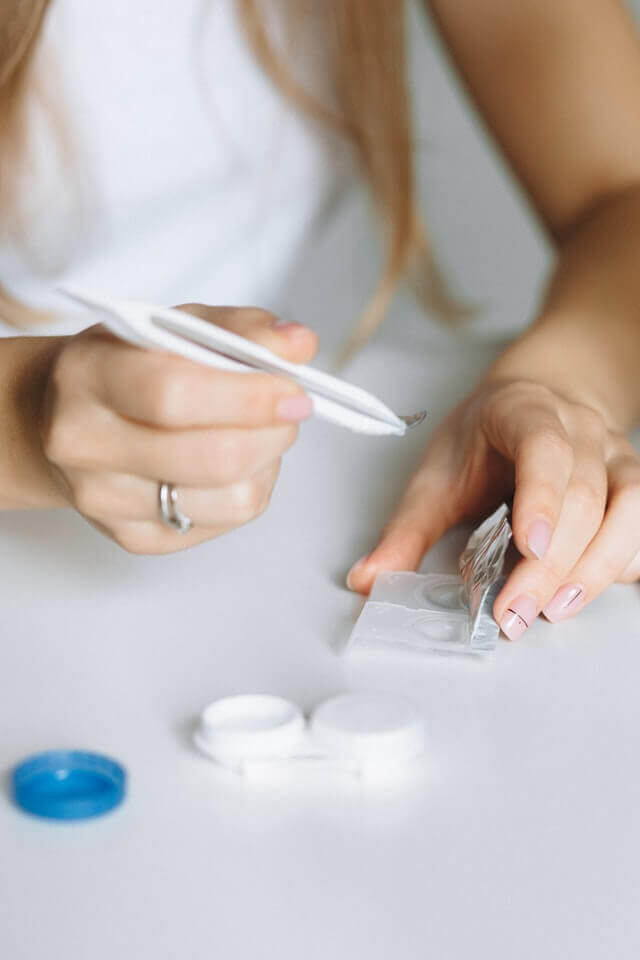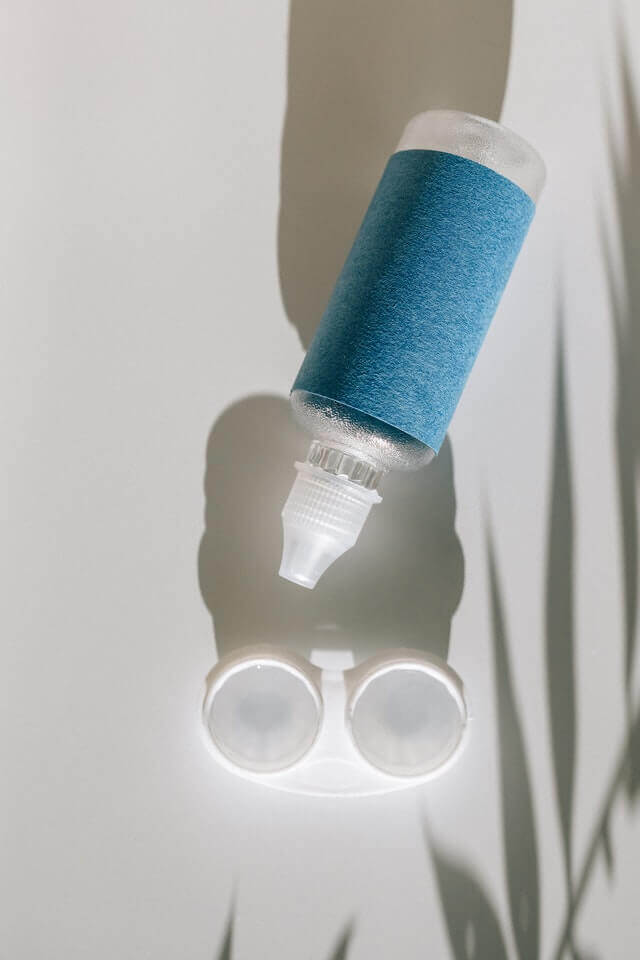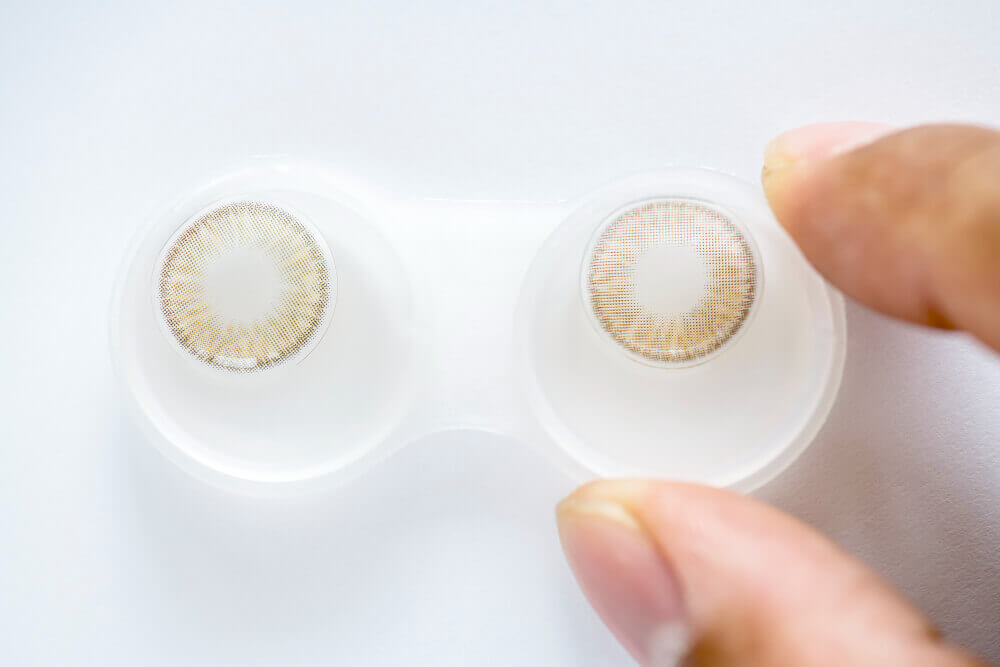This is determined on a case by case basis. There is no one lens that fits the best on every patient. The curvature of patients’ eyes vary, so some lenses that may fit perfectly on one person can be too tight or too loose on another patient. Also, if someone has a very high astigmatism or an eye condition called keratoconus the best type of contact lens for them would be a hard lens, such as a rigid gas permeable lens or scleral lens, whereas for another patient a daily disposable soft contact lens may be best. Thus, be sure to get a proper contact lens evaluation by your eye doctor to determine what is the best type of contact lens for you specifically.

